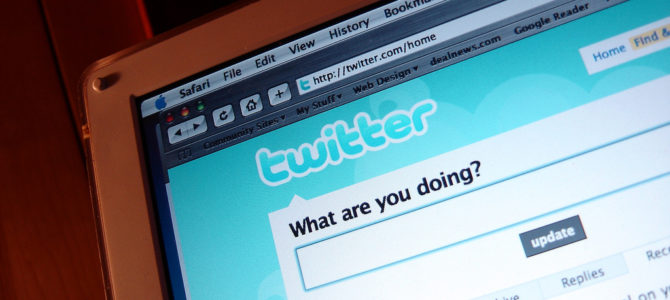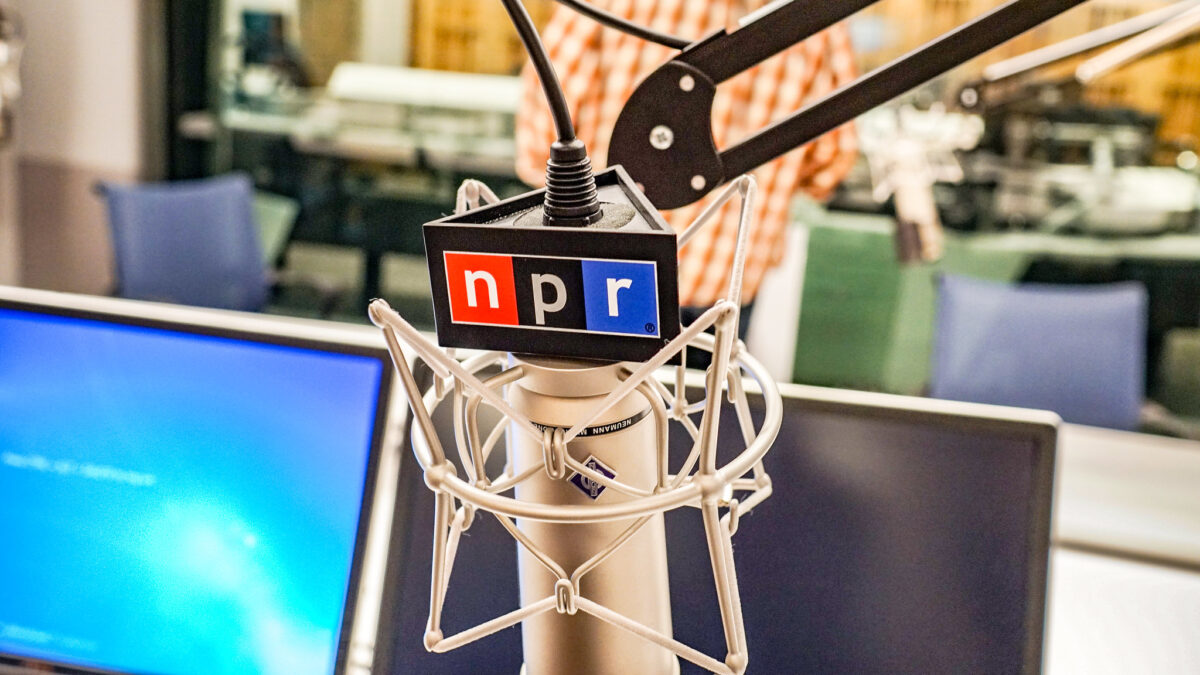Mark Cuban got fact-checked in 2017 for approximating that Twitter only reaches about 15 percent of the population. In all likelihood, he wasn’t very far off. It’s almost impossible to estimate how many of us Twitter actually “reaches,” but mapping out the limits of its scope is now an important project.
Twitter makes and breaks careers. It makes and breaks lives. Perhaps most saliently, the platform shapes news cycles, which, in turn, shape how people see the world. Because journalists spend disproportionate time on the website relative to most of their audience, outlets increasingly amplify Twitter’s viral stories, and seemingly without questioning their broader relevance. It’s a pattern that distorts perception on both sides of the political spectrum, and everywhere in between.
Our descent into autopilot here is an understandable one—there are (or were, at least) legitimate reasons for journalists to linger on Twitter. But whatever truth to that remains, it’s not coupled with much self-awareness. Twitter is real life, as I argued here, but the Twitterverse is hardly a representative sampling of the public.
It’s also comprised of a relatively small swath of the public, at least according to new figures released by Twitter itself. In a fourth-quarter earnings report published Thursday, the company claimed only an average of 27 million daily active users in the United States over the time period. (“Monetizable daily active usage or users” are defined in the report as “Twitter users who logged in or were otherwise authenticated and accessed Twitter on any given day through twitter.com or Twitter applications that are able to show ads.”) Using World Bank data from 2017, that comes out to about 13 percent of the 15-to-64 year-old population, and 8.2 percent of the total population, according to data pulled Thursday from the Census Bureau.
Polling provides more insight. A Pew survey from 2018 found 24 percent of adults said they used Twitter. Within that group, only 46 percent of respondents reported using it daily, with 25 percent saying they used it weekly, and 29 percent saying they used it “less often” than that. For comparison, 68 percent of adults said they used Facebook, with 74 percent using it daily. Thirty-five percent used Instagram, with 60 percent using it daily, and 27 percent used Snapchat, with 63 percent using it daily.
It’s understandably easy to lose perspective when you’re in politics or media and your job, for some good reasons, involves heavy use of Twitter. But Twitter virality does not universally translate into a vote of national interest, national relevance, or useful public opinion.
Before the Covington Catholic story snowballed into a pivotal case study in media bias, it was telling that outlets were even covering the story in the first place. Why? Because it was buzzing on Twitter. What is the national news value of a predictably unsavory and immature argument between some out-of-town high school boys and local activists? The tail of Twitter is wagging the dog of media.
The platform is populated by partisans and ideologues and trolls with an incentive or an impulse to fight over everything, and frequently in the most inflammatory ways possible. What bubbles to the surface is often very stupid, but because people in media have been talking about it, coverage naturally ensues. The effect is an overrepresentation of divisive stories lacking in news value.
It’s also very easy to forget on any given day how skewed the world of Twitter is, and to let those perceptions seep into our consciousness, inaccurately coloring our understanding of the country. (This is also a process that leads a lot of journalists and pundits to embrace a laughably disproportionate sense of self-importance.) If that’s occurring on a wide scale among the people who operate the media megaphones, it’s a serious problem.
When it snows in New York, winter weather suddenly seems to become a national news story. To some extent, that’s a perfectly understandable natural reaction. Stupid Twitter content is snowing down on us every day. Our challenge now is to see it, and to report it, with proper perspective.









